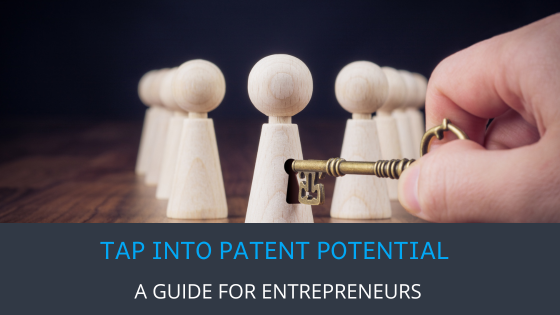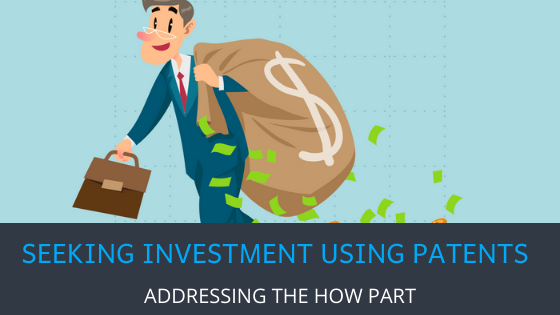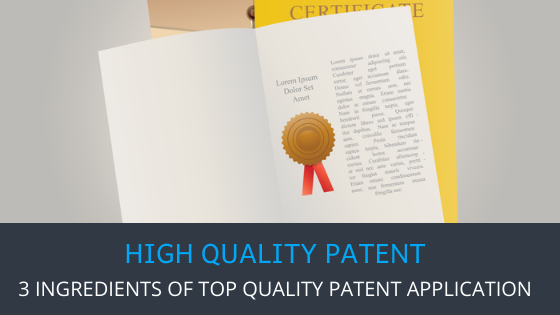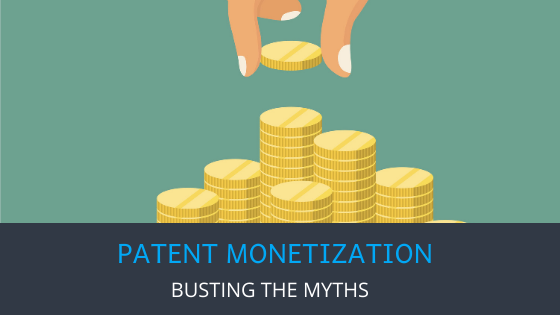
Patent Monetization
Latest News and Articles
Menu


How To Seek Investment Using Patents?
June 6, 2024

6 Ways to Strengthen Your Patent Portfolio
May 19, 2024

3 Ingredients of High-Quality Patent Application
May 16, 2024

Patent Monetization: Busting the Myth | Idea = Money
May 11, 2024

Use Cases
Innovation Toolkit
Learn Innovation Management
Standalone Tools
© 2025 Triangle IP, Inc. | All Rights Reserved.
